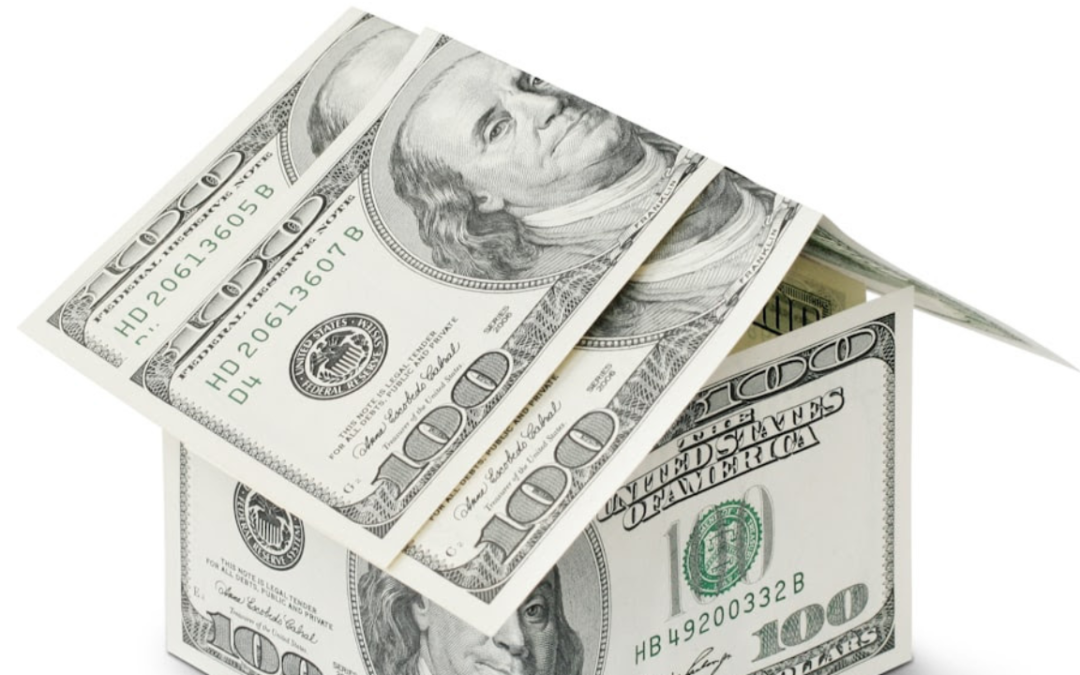Last week I read an article called, ‘Will the US Really Experience a Violent Upheaval in 2020?’ The title sounds unremarkable, given the events of the last few weeks, except that it was written in 2012. As America undergoes renewed convulsions and divisions over race, we are reminded of the turbulent 1960s. Yet a simple comparison between now and the 1960s is too narrow historically, and an inadequate reflection of how today’s events fit into the broader US historical narrative.
In what follows, I—a British citizen viewing events from afar—offer perspective on how protest, often violent, has played an integral role in US history. It has shaped the nation’s past and is in plain sight in its present. And as in the past, today’s demonstrations will change American institutions and attitudes, though at this point it remains impossible to say just how. As a denizen from abroad, I also note how America evolves will have important implications for its role in the world, and how the rest of the world must adapt.
An elementary Wikipedia ‘civil unrest in the United States’ search reveals the frequency and regularity of public expressions of outrage and protest, riots and insurrection. The list of 380 or so incidents going back to the 18th century is probably incomplete. Importantly, it makes no mention of the campaigns against Native Americans by American settlers or armed forces.
But it is useful, nonetheless. The events begin with the tarring and feathering of British tax collectors in the Boston area in the 1770s, culminating in the Boston Tea Party and the War of Independence. They speak to a sort of rhythm of state violence, vigorous public reaction in which the destruction of property has been common, and then official responses, which have often resulted in social change and compromise. In sum, they allowed America’s modernity and prosperity—and more importantly its democracy—to evolve, if not always peacefully.
Major disturbances, sometimes about food and borders, but mostly about slavery and slave revolts, preceded and succeeded the Civil War. But the period from its conclusion to the end of the 19th century was especially unsettled, with more than twice as many instances of violence in the aftermath of the Civil War than from 1800 to its start. Reconstruction was notable for violent outbursts related to the passage of Jim Crow (segregation) laws, many of which endured until 1965. Lynching became common in the last quarter of the century and, shockingly, continued regularly until the second world war.
The 1870s and 1880s, also known as the Long Depression and book-ended by financial panics related to railroads going bust and state government defaults in 1873 and 1893, spawned considerable social unrest. It was a period of rising economic growth, but of falling prices that brought great hardship to farmers. It led to conflict for the newly emerging industrial working class, which regularly fought the owners of capital for better wages and working conditions, but also saw considerable strife among workers over jobs and pay, often pitting whites, blacks and immigrants against one another.
Bankers and sophisticates on the East Coast were viewed with disdain. Anger fueled the rise of the Populist Party, a left wing, anti-corporate, and mainly agrarian organization, which emerged as a major political force in the South and the West until its demise after the 1896 election. It nominated a Democrat, William Jennings Bryan (of ‘cross of gold’ fame) as its presidential candidate.
However, the two most intense periods of civil unrest, measured by the number of serious incidents, were still to come. About 115 of the 380 recorded instances occurred in the first four decades of the 20th century, especially in the 1910s. Many of these were race riots, including the so-called Red Summer in 1919, following the Spanish flu epidemic. But a considerable number revolved around labor unrest. While there were riots and other serious forms of unrest during the second world war, including particularly serious instances during 1943, the post-war period represented something of a hiatus before another turbulent period followed in the 1960s.
About 150, or just over two-fifths, of the recorded incidents of civil unrest have occurred since the 1960’s, especially from 1965-1980, and again since 2010. The 1960’s violent confrontations involving Vietnam War protests, as well as incidents related to ‘counter-culture’ and women’s liberation stand as defining marks of the decade. For African Americans, though, additional themes were depressingly familiar ranging from police brutality to broader discrimination, and an array of social, health, education, housing and economic issues.
It is perhaps no accident that much of the recent period of unrest has been marked by huge social change, industrial decline, and stagnating living standards. The last decade has been defined by significant changes in social consciousness following the 2009 financial crisis, as well as the decay of manufacturing towns and cities. The surge in millennials — people born between 1981 and 1996 — who now outnumber the baby boomers, has also added to the combustible mix.
Since COVID-19 arrived, moreover, soaring unemployment has been a particular source of angst. The pandemic has hit the African American population hardest as they account for a disproportionately high share of workers in the most vulnerable sectors, such as grocery and convenience stores, public transportation, trucking, warehouse and shipping services, building and cleaning, health and social care. Unemployment among African Americans in May reached 16.8 per cent, the highest level in a decade, while the share of African American people in work, measured by the employment to population ratio, stood at just under 49 per cent.
As in so many other cases, it often takes just one spark to light an eruption of outrage, itself an accumulation of rising levels of economic and social stress. The ongoing and widespread protests that have engulfed America are a sign of both despair and hope.
Fifty years ago, the dismantling of the legal structure of segregation had only just begun. There was only a small African American middle class. Today, more than 90 percent of black Americans age 25 to 29 have completed secondary school, compared with just over half in 1968, and members of the same cohort are more than twice as likely to have a college degree. Higher educational attainment has been the biggest single contributor to absolute improvements in wages, incomes, wealth, and health since 1968.
Still, the relative situation remains unequal. Black Americans have poorer access to healthcare, lower rates of homeownership, higher levels of unemployment and much higher rates of incarceration. Police departments across the United States are too numerous and varied to be pigeon-holed as one, but too many are seen, and have recently been proven, to be patently hostile. Progress has been made since the 1960s, but has been markedly insufficient.
Last but not least, and of considerable interest for those of us looking on from overseas, we should be mindful of the corrosive effect that division and violence in America may have on its capacities in the wider world. The pandemic, insufficient economic recovery from the financial crisis, and a serious breakdown in geopolitical relations between the United States and China, the rise of nationalist and populist governments in Russia, Brazil, India and elsewhere, all make for a more perilous global environment. It is a time of great danger.
History has shown the United States to have evolved through alternating long cycles of extreme violence and disruption, and extraordinary periods of progress and enlightenment. We must hope that these cycles are still at work. The world needs the United States to heal and repair, and ultimately to resume its global leadership role.



